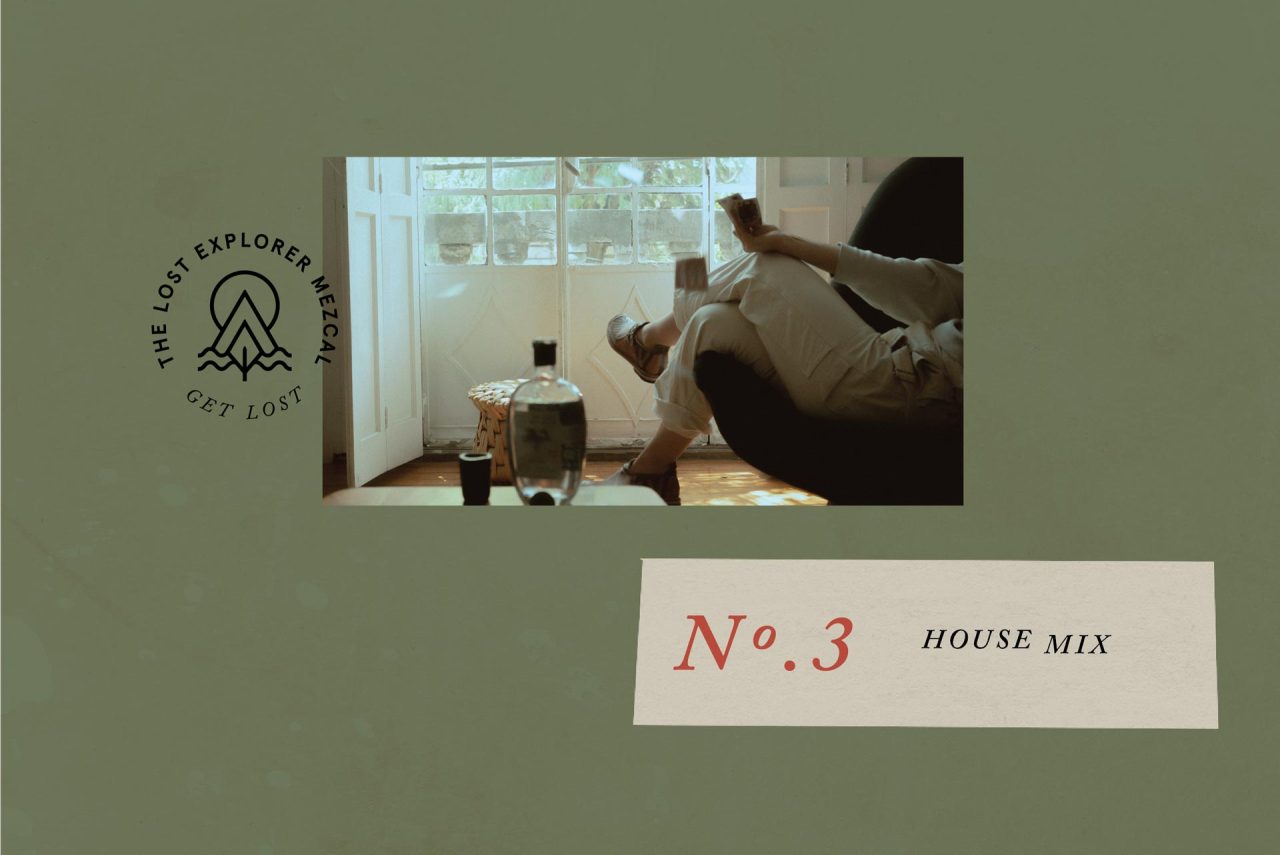Featured above is La Catrina Negra. Get the recipe.
Listen to our Lost Sounds No 4. Muertos Mix.
There are two rituals we love: building our Día de Muertos altar and sipping mezcal. Here’s our guide on how to experience both.
In Mexico, Día de Muertos is a special cultural celebration where the living reunite with the dead. Celebrated over two days—November 1 and 2—preparing for the festivities is just as memorable and sacred as celebrating the days themselves. Going to the flower market to pick up lots of golden cempasúchil petals that guide the spirits, gathering objects that remind you of your loved ones, leaving out their favorite food, and perhaps a little copita of mezcal to welcome the departed back home. All these elements are brought together in a personal altar or ofrenda. The ofrendais personal, symbolic, and celebratory. Día de Muertos is a time to celebrate life and the magic of the afterlife.
There is no right or wrong way to create an altar, but here are some thoughts on altar-making to get yours started.
Start with intention and a sipping ritual
Mezcal takes a slow and thoughtful process to make, and it asks for a thoughtful process to enjoy. A sensory sipping ritual will only enhance the ritual of building your altar or ofrenda. The art of making your ofrenda also calls for a thoughtful process. It asks us to be present, to remember, to celebrate life, and embrace the journey others have made to the afterlife.

Water
Leave a glass of water for your loved one. It is offered to calm their thirst after a long journey back to this world.
Mezcalito—leave out your loved one’s favorite beverage, whether mezcalito, coffee beans, whatever will welcome them.
Earth
Cempasúchil—the scent and color of rich orange marigolds guide the spirits back home. The flowers are said to represent the Aztec sun god Tonatiuh.
Food—the spirit’s favorite treats during their time on Earth—can represent the land.
Salt—Represents purification. It is also seen as abundance.
The bread of the dead—The origins of pan de muerto dates back to pre-hispanic cultures who used amaranto and dried corn as an offering to their gods. With the Spanish conquest, like many things in México, traditions took a turn toward mestizaje—the mixing of people, culture, and religion. Today, that mestizaje has given us a seasonal favorite pan de muerto, a sweet pastry enjoyed at panaderías across México.
Wind
Papel picado—colorful, perforated papers—is hung to catch the wind.
Fire
Candles and veladoras—light to guide the spirits home.
Copal and incense—are used to cleanse the home.
And of course, lots of photographs.








